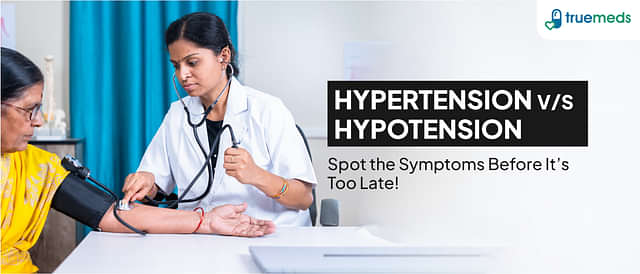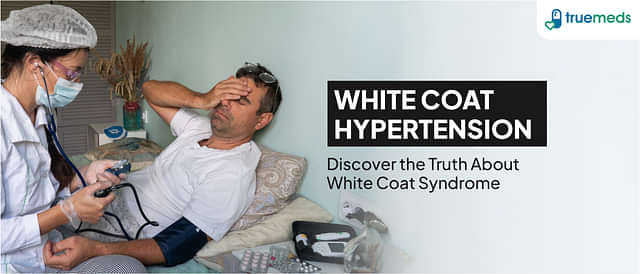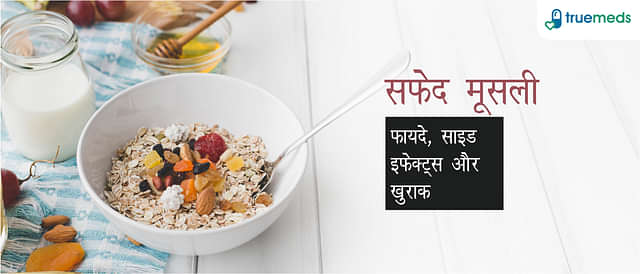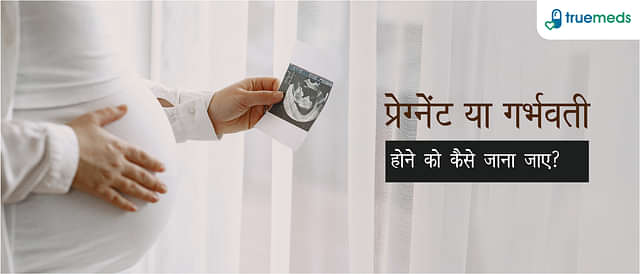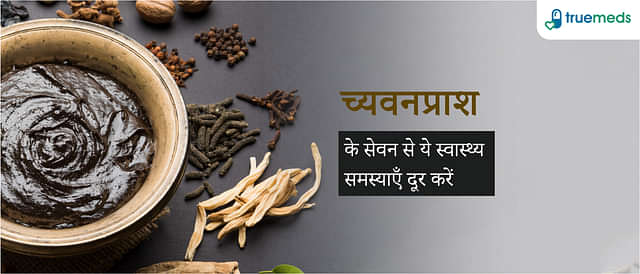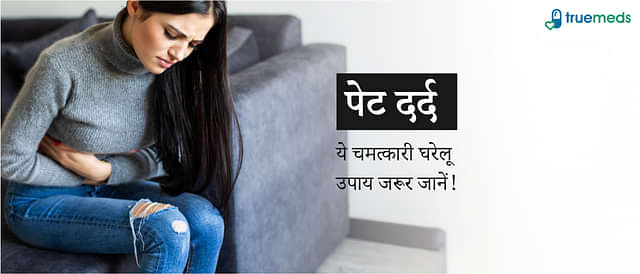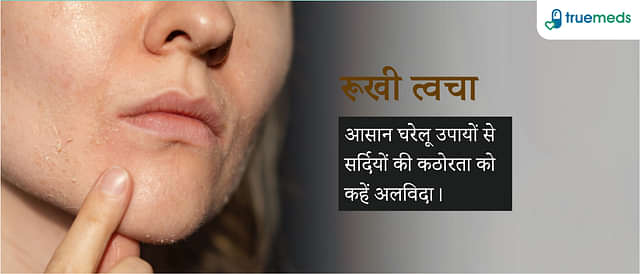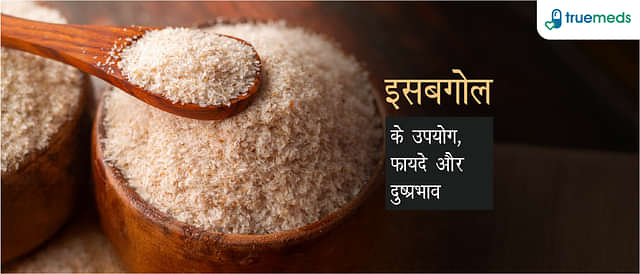Pulmonary hypertension: Overview, Causes, and symptoms
Last updated on : 26 Feb, 2025
Read time : 5 min
What is pulmonary hypertension?
Pulmonary hypertension, defined as a mean pulmonary arterial pressure. which is more than 25 mm Hg at rest or greater than 30 mm Hg during exercise.
There are therapies for the disease’s symptoms, so you can have a better quality of life. even if you have pulmonary artery hypertension. Some preparation may need many people to continue doing the things they enjoy.
High blood pressure in your heart’s arteries to your lungs (PAH) is a medical condition. which is also known as arterial hypertension (AHA). It’s not the same as having high blood pressure.
PAH causes narrowing or blockage of the small arteries in your lungs. more difficult for blood to pass through them, raising your pulmonary blood pressure. After a while, the heart muscle begins to weaken as a result of the increased workload. cardiac failure can occur.
Pulmonary artery pressure: Systolic pressure at rest is between 18 and 25 mm Hg. while the mean pulmonary pressure is between 12 and 16. As a result of the pulmonary circulation’s greater cross-sectional area. The pressure in the pulmonary veins and arteries is lower.
Pulmonary hypertension symptoms
symptoms of pulmonary hypertension don’t begin to appear until the disease is well. Shortness of breath during routine tasks. such as climbing stairs, is often the initial sign of pulmonary arterial hypertension. These include fatigue, dizziness, as well as fainting spells.
A person’s ankles, abdomen, legs, and lips may swell as a result of increased cardiac strain. Patients may or may not experience all the listed symptoms.
With more advanced diseases, even the most insignificant activity can cause some symptoms. More signs and symptoms are:
- Abnormalities of the heartbeat (palpitations or strong, throbbing sensation)
- A pounding heart
- Dizziness or fainting
- Shortness of breath that worsens during physical exertion
- Breathlessness at rest is a symptom.
A person’s ability to perform daily tasks may become limited.
Pulmonary hypertension causes
Upper chambers (atria) are present on either side of the centre of the heart (ventricles). Blood from the heart travels through a big vein to the lungs every time it enters the lower right chamber.
A person’s lungs expel carbon dioxide and bring in oxygen. The pulmonary arteries, capillaries, and veins carry blood to the left side of the heart.
Pulmonary arterial walls can become thicker, stiffer, and less flexible. When this occurs, the blood supply to the lungs becomes slow or blocked.
Group 1: Hypertension in the pulmonary artery (PAH)
The cause of this mystery is unknown (idiopathic pulmonary arterial hypertension)
- Gene mutations rise down across generations (heritable pulmonary arterial hypertension).
- Drugs such as methamphetamine and prescription diet pills
- Heart disease is prevalent at birth (congenital heart disease)
- HIV infection, chronic liver disease, and connective tissue dis connective tissue be present
Group 2: Pulmonary hypertension caused by heart disease on the left side of the heart
- heart valve problems on the left side, such as mitral or aortic
- a cardiac attack in which the lower-left chamber fails (left ventricle)
Group 3: Pulmonary hypertension caused by a lung ailment
- The following are some of the possible causes:
- Chronic obstructive pulmonary disease (COPD)
- The scarring of the lung’s air sacs’ tissue (pulmonary fibrosis)
- Apnea with obstructive snoring
Group 4: Chronic blood clots that induce pulmonary hypertension.
- Chronic pulmonary embolisms (pulmonary emboli)
- Other blood clotting diseases are also possible.
Group 5: Pulmonary hypertension caused by various health problems.
- Disorders of the blood, such as polycythemia Vera and essential thrombocytopenia.
- Diseases characterized by inflammation, such as sarcoidosis and vasculitis
- a variety of diseases involving metabolism, such as glycogen storage illness
- Chronic nephrotic syndrome
- It can occurring against tumors
Pulmonary Hypertension Treatment
Pulmonary arterial hypertension has a variety of medications (PAH). Several factors, including the underlying cause of PAH and your symptoms.
Treatments include
- Drugs that help prevent blood clots – such as warfarin
- Diuretics (water tablets) – for the removal of the body’s excess fluid produced by heart failure
- Treating a condition by inhaling high-oxygen air
- Digoxin can improve your symptoms by increasing your heart muscle.
Specialist treatments for PAH are also available that assist relaxes.
These treatments reduce the growth of PAH and may even reverse some of the heart and lungs damage.
Medications:
To treat pulmonary arterial hypertension, patients can choose from a wide variety of drugs. Many factors influence the treatment options for pulmonary hypertension. such as the severity of hypertension, and a patient’s tolerance for medication.
- Replaces the lack of oxygen in your blood with oxygen.
- Coumadin, an anticoagulant, reduces the formation of blood clots. which allows blood to flow more through the veins.
- To cut swelling and ease breathing. Aldactone removes excess fluid from the tissues and period bloodstreams.
- When taking diuretics, urine increases.
- The heart pumps more with the help of inotropic medicines (such as digoxin)
- Cardio vasodilators [such as nifedipine or diltiazem] reduce pulmonary blood pressure.
- An anticoagulant (e.g., Plavix, Plavix injection) treat patients with angina pectoris
- Adempas brand Riociguat
- Selexipag (Uptravi TM) is an anti-inflammatory medication.
Genetic testing:
A family history of pulmonary arterial hypertension may cause a genetic test for disease-related genes. If you have HIV positive, your doctor may recommend that you and your family members should test as well.
The severity of pulmonary hypertension is sort:
One of the following severity levels: mild, moderate, or severe.
Class 1. Yet, there are no signs or symptoms of this.
Class 2. As the activity level increases. so do symptoms such as shortness of breath, exhaustion, and chest pain.
Class 3. At repose, it’s fine, but when you get up and move around, you’ll feel the effects.
Class 4. Rest and physical activity are problematic for people with symptoms of fibromyalgia.
For the all latest coupons and offers on the medicines, follow us on Instagram and Facebook
Disclaimer
Our healthcare experts have carefully reviewed and compiled the information presented here to ensure accuracy and trustworthiness. It is important to note that this information serves as a general overview of the topic and is for informational purposes only. It is not intended to diagnose, prevent, or cure any health problem. This page does not establish a doctor-patient relationship, nor does it replace the advice or consultation of a registered medical practitioner. We recommend seeking guidance from your registered medical practitioner for any questions or concerns regarding your medical condition.
Popular Articles
Recommended Articles
Recent Articles
Top-Selling Medicines:
...View more
Top-Selling OTC:
...View more
Subscribe
Registered Office Address
Grievance Officer
Download Truemeds

Contact Us
Our customer representative team is available 7 days a week from 9 am - 9 pm.
v3.7.5
Our Payment Partners












